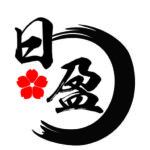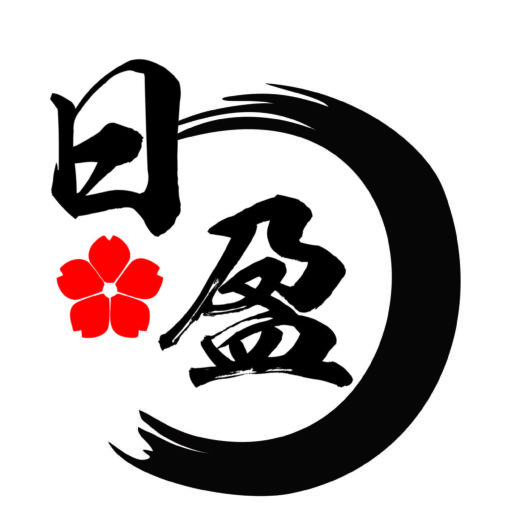Aichi prefecture (Chuubu area)
Nagoya Castle
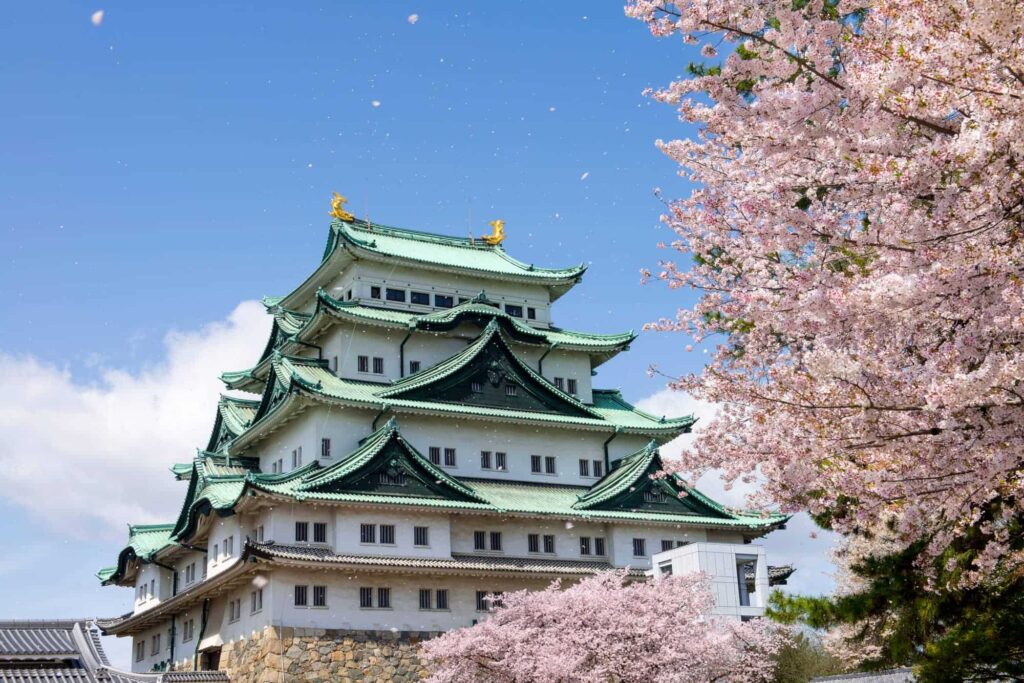
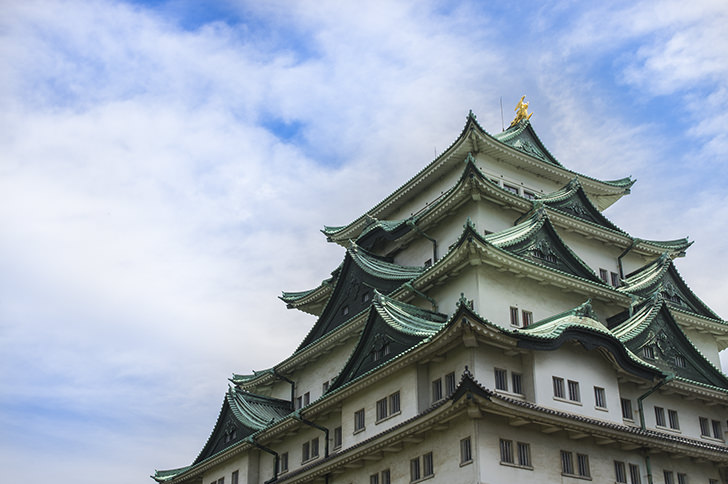
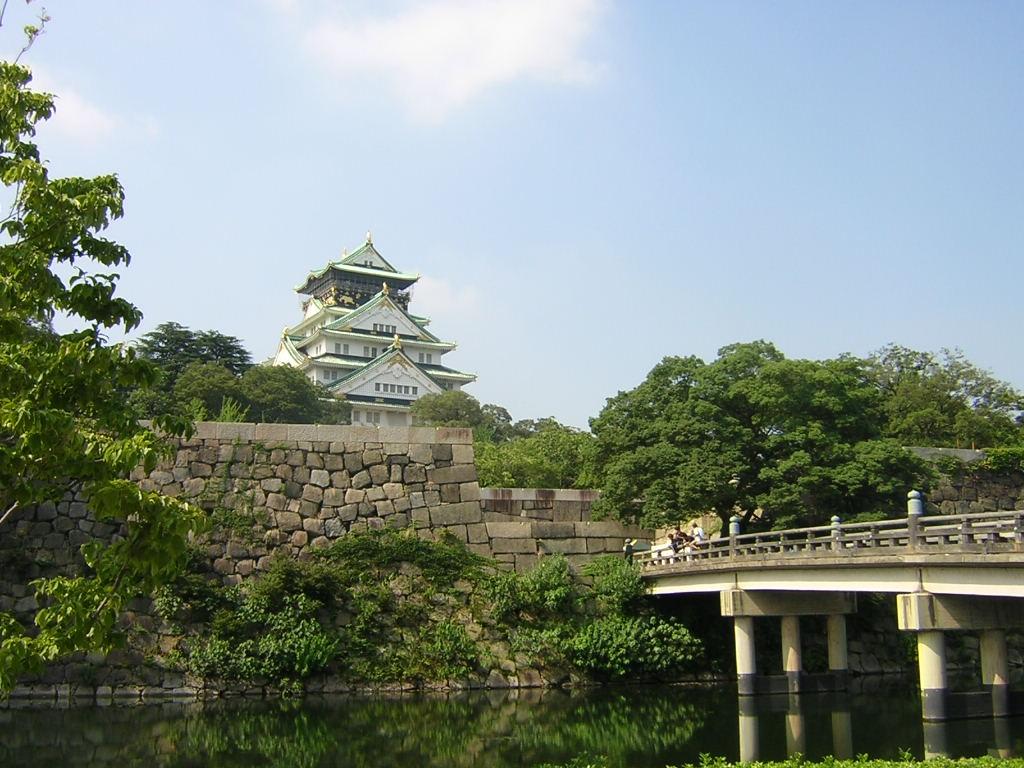
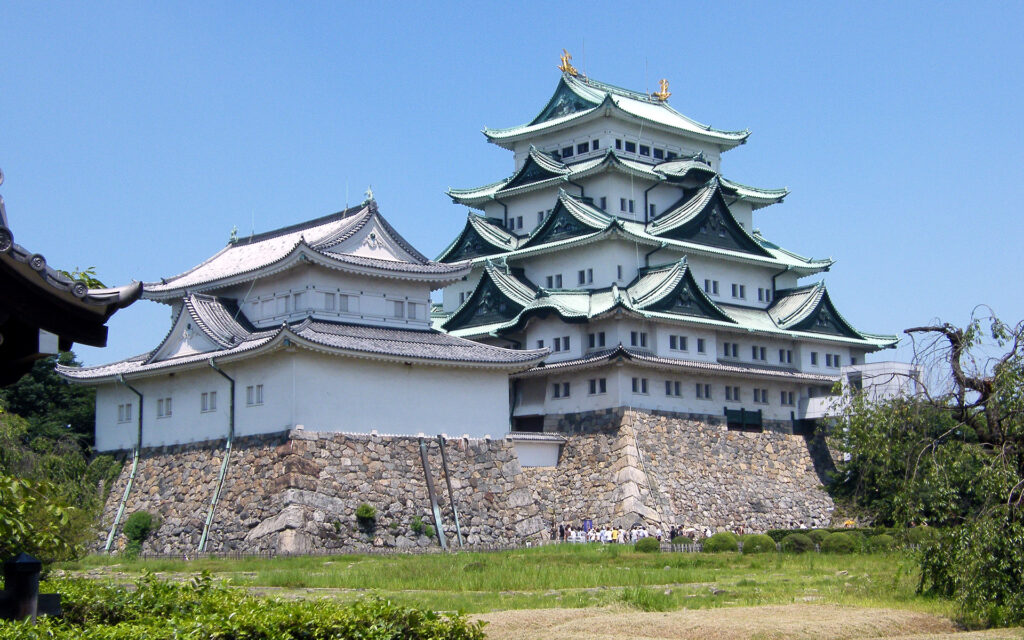
One of the castles built by Tokugawa Ieyasu to unify the country. In the main keep, not only are important cultural properties such as paintings on the walls and historical materials on display, but you can also enjoy learning about the history of Nagoya Castle through a life-size model of a goldfish and a hands-on stone-pulling experience.
Tokugawa Garden

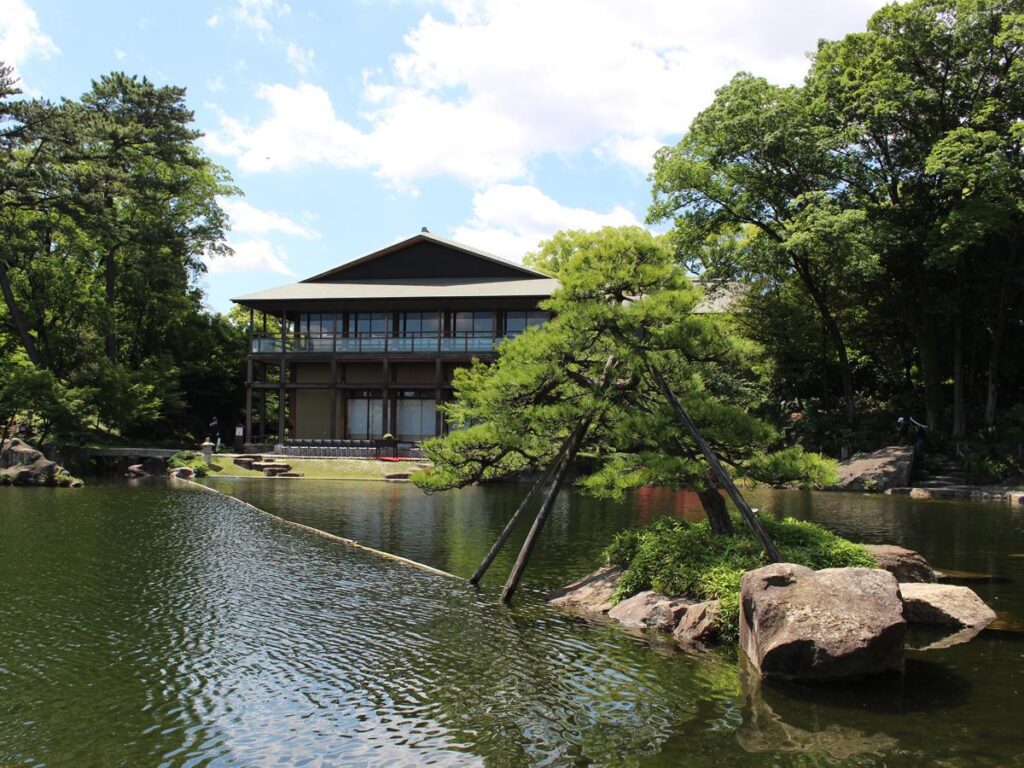

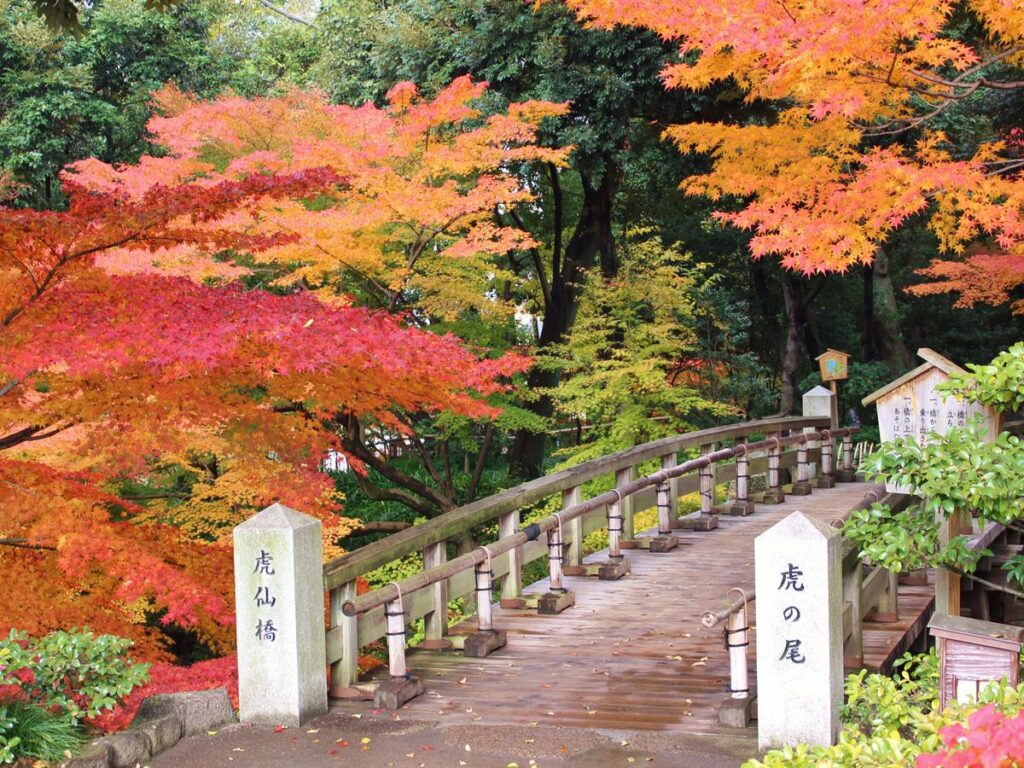
Tokugawa-en Garden is a Japanese-style garden with a pond and garden path, the style used by the major feudal lords during the Edo period. The clear stream flowing from the waterfall down the valley into a pond resembling the sea is a symbolic condensation of the natural landscape of Japan. Furthermore, the Tokugawa-en Garden utilizes the terrain with a large difference in elevation and the existing trees and forests as they are, and within them, rock formations made of huge stones that symbolize the boldness of the samurai society are placed. Visitors can enjoy fresh greenery, autumn leaves, peonies, and irises throughout the four seasons.
Tokugawa Art Museum
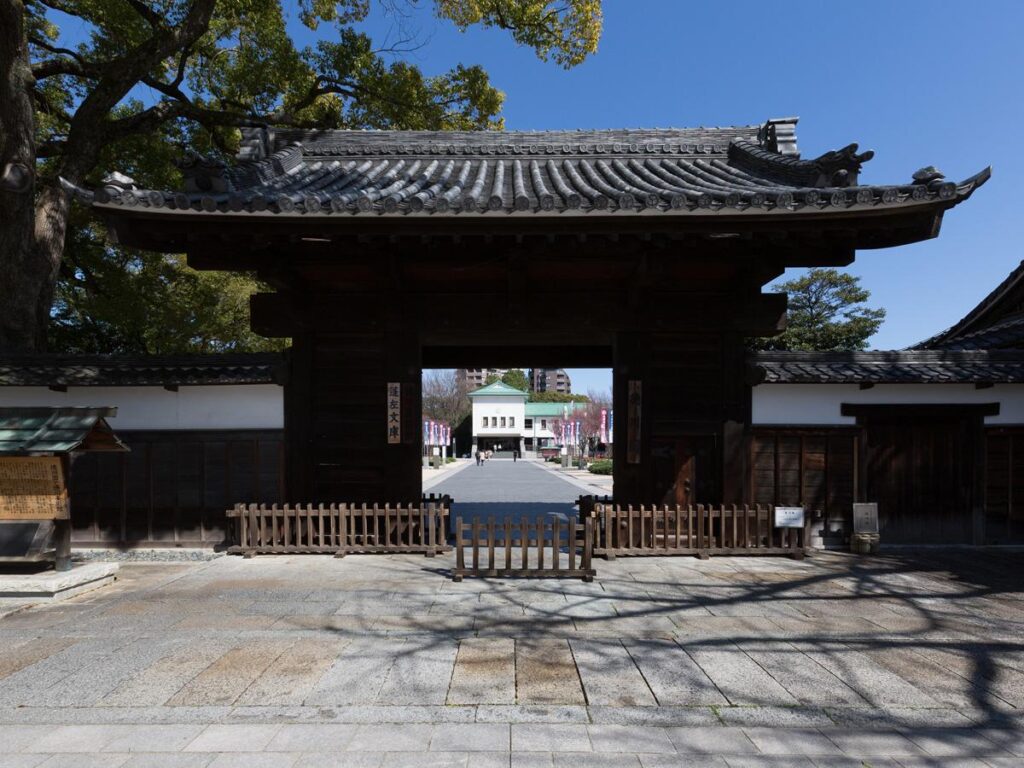
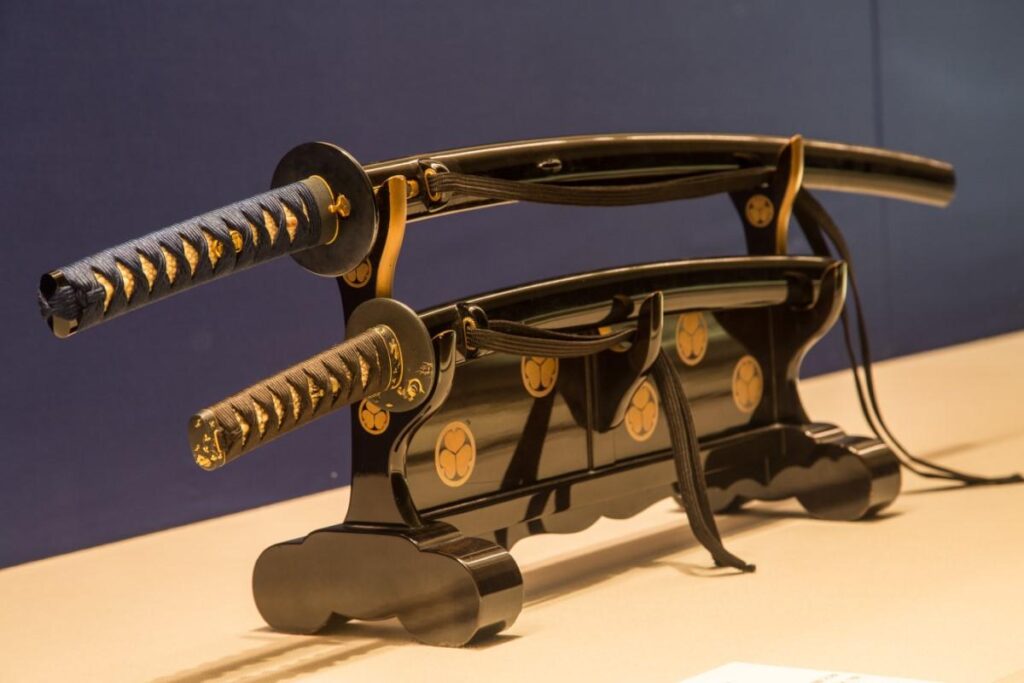
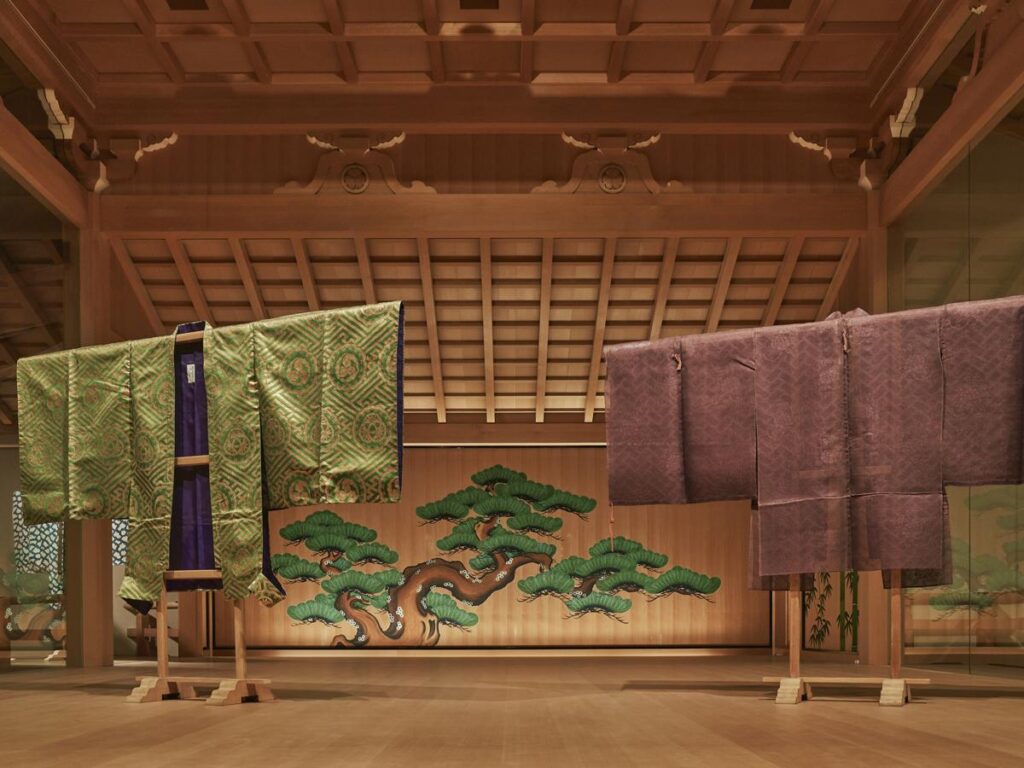
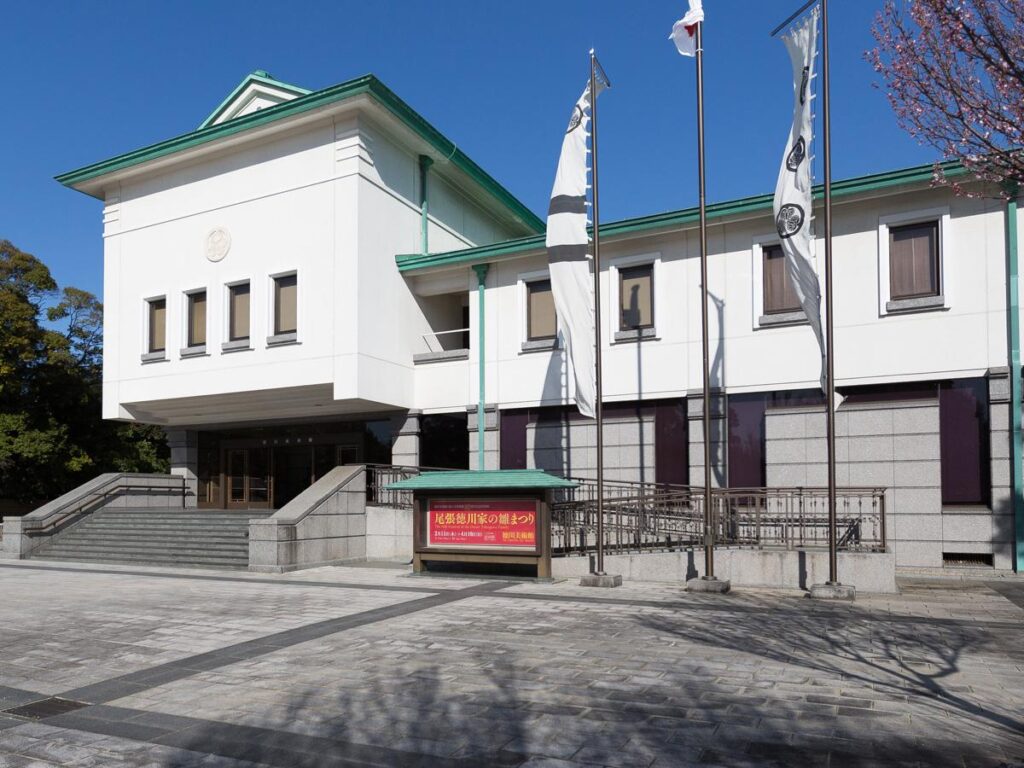
The museum houses more than 10,000 pieces of so-called “daimyo’s tools,” mainly belongings of Tokugawa Ieyasu, and other items that were bequeathed and loved by the first generation of the Owari Tokugawa family, including Yoshinao (Ieyasu’s ninth son). The museum boasts a wide variety, high quality, and well-preserved condition, including the National Treasure “The Tale of Genji Picture Scroll,” nine National Treasures, and 59 Important Cultural Properties. The main building is registered as a national tangible cultural property.
Swan Garden
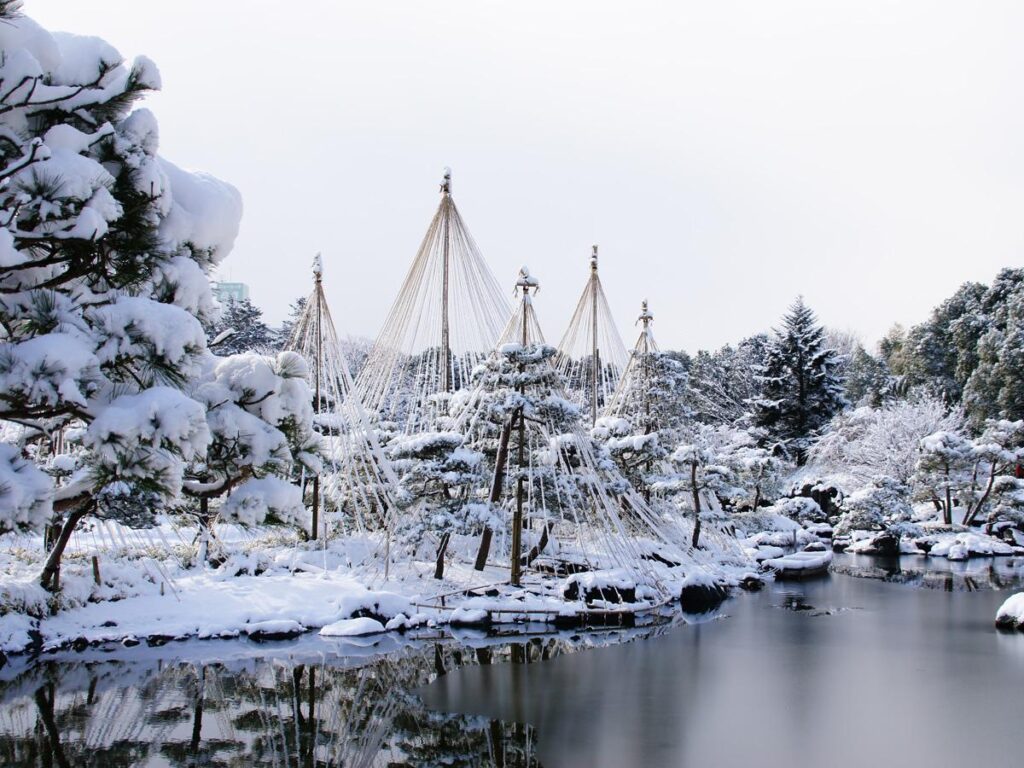
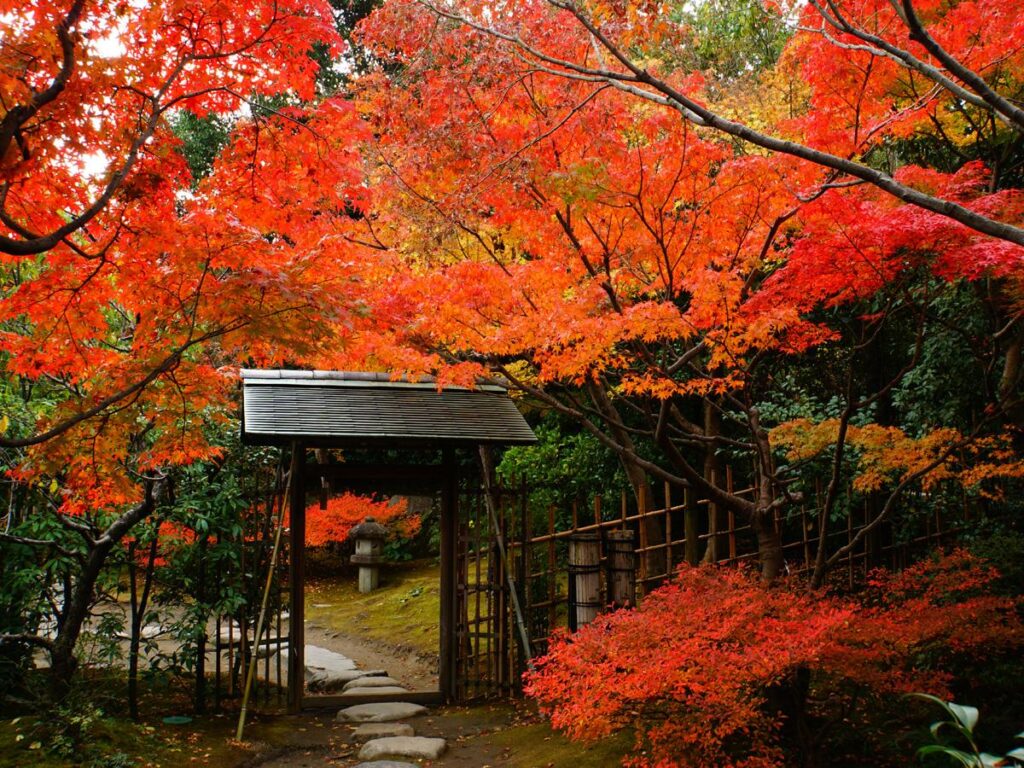
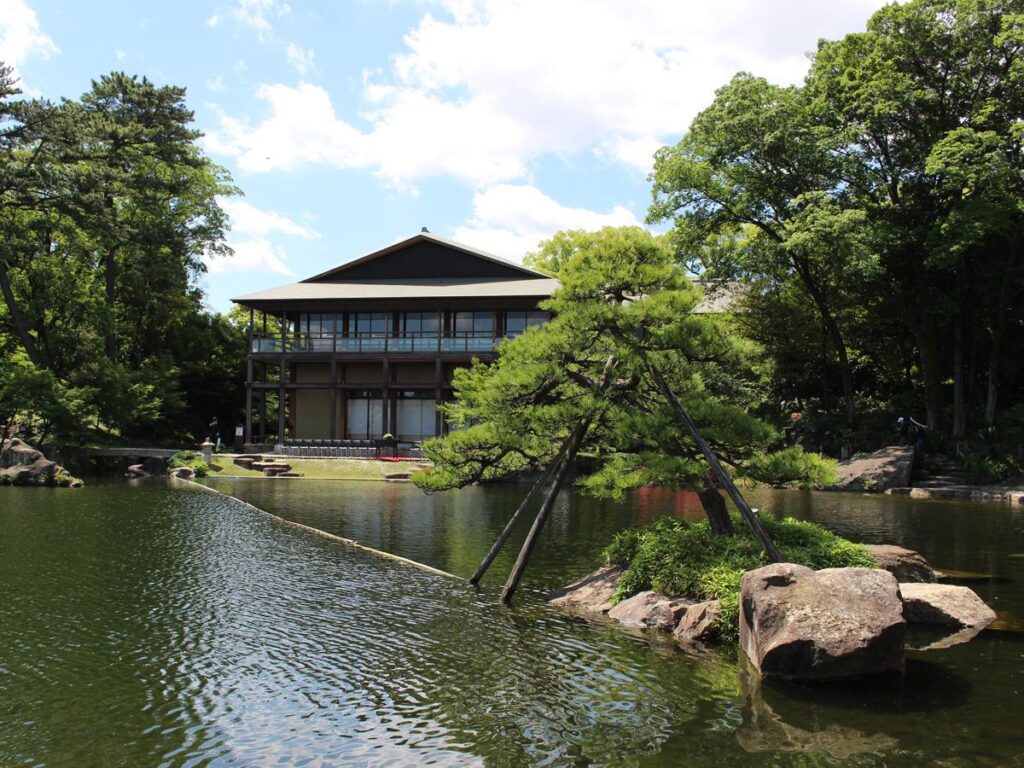
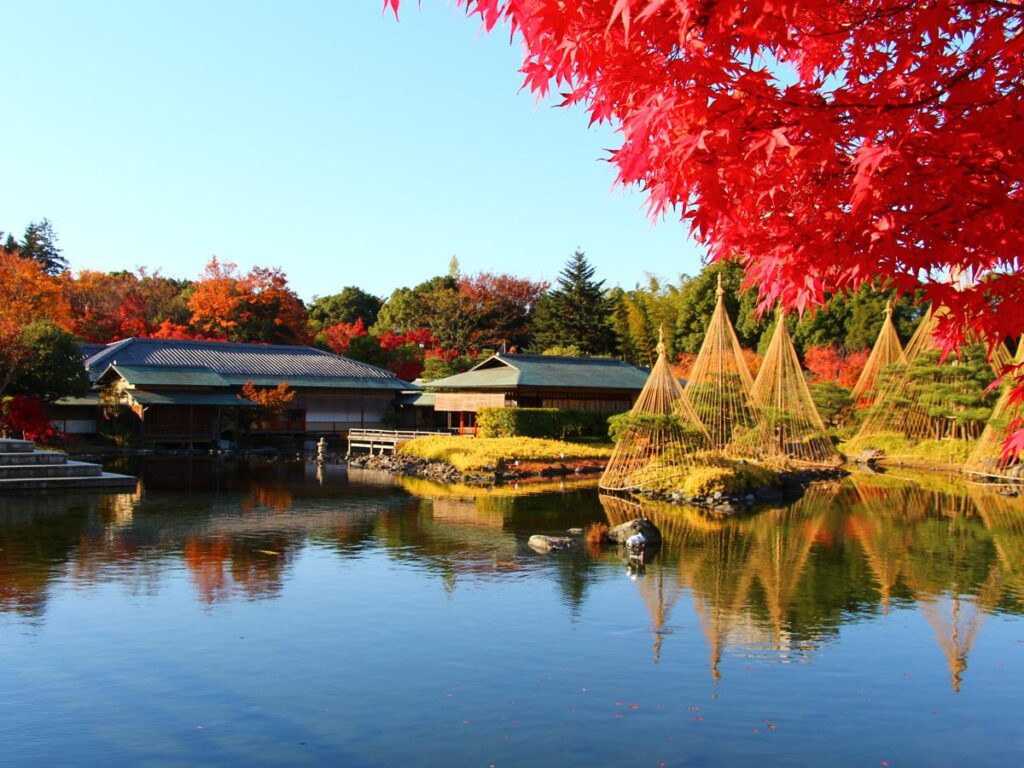
With an area of approximately 3.7 hectares, it is the largest Japanese garden in the city. The theme of the garden is a “story of water” from the headwaters to the ocean, using the topography of the Chubu region as a motif, with the mountains representing Mount Ontake, the streams representing the Kiso River, and the ponds representing Ise Bay. The theme of the garden is “the story of water” from the headwaters to the great ocean. The tea house “Seihatei” is an authentic sukiya-style building, and the “Shioiri-no-niwa” (garden of tidal ebb and flow) is designed to show the ebb and flow of the tide in an hourly cycle, allowing visitors to enjoy the natural scenery from season to season.
Chubu Electric Power Co.
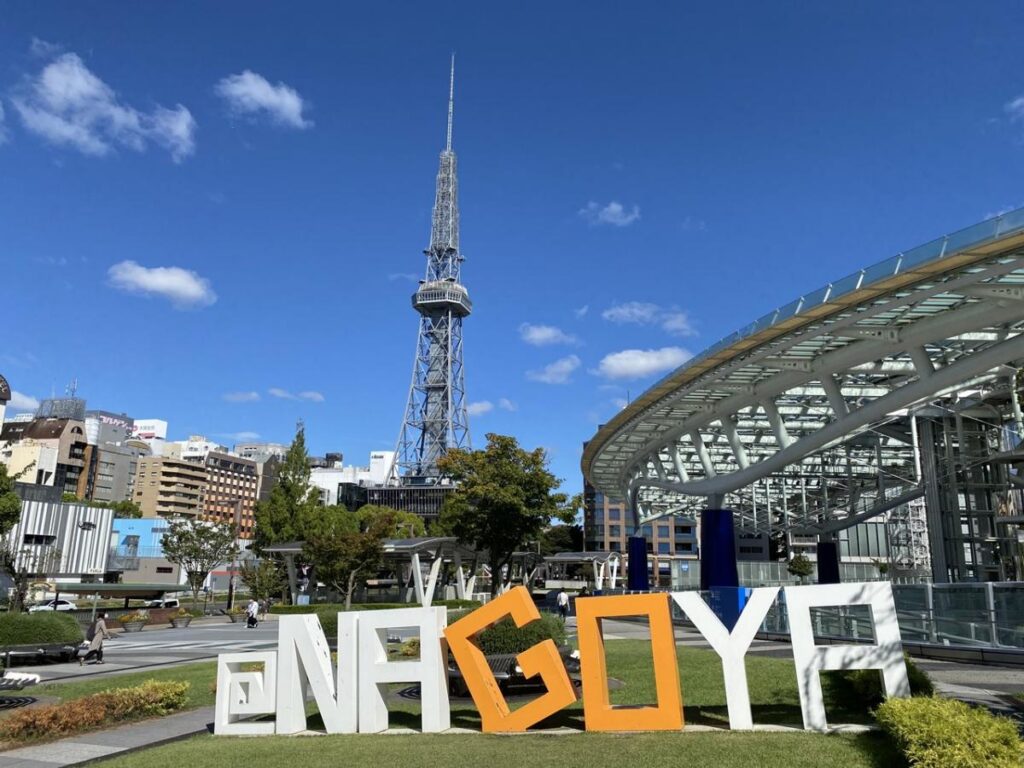

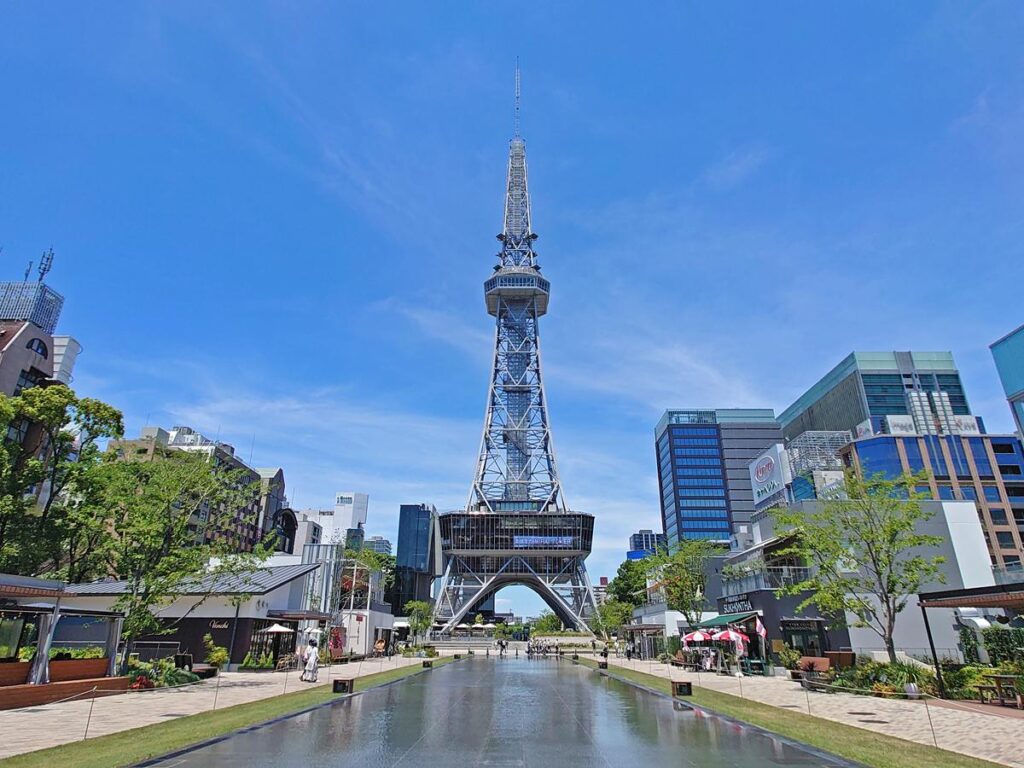
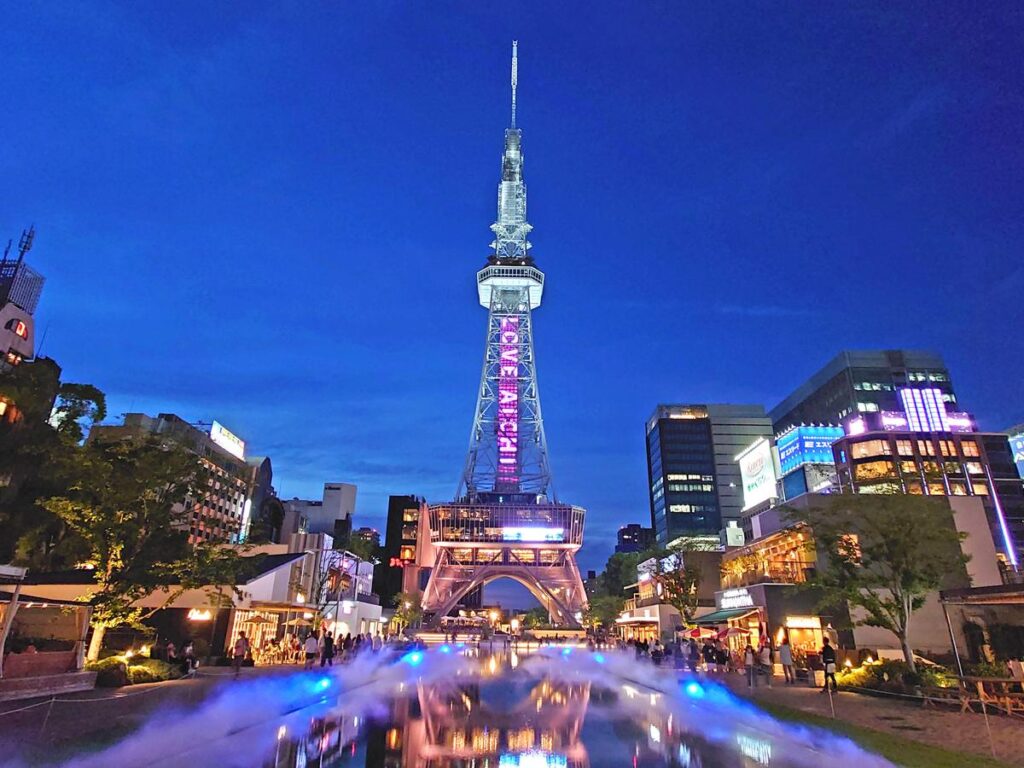
Chubu Electric Power Company MIRAI TOWER is a sightseeing tower built in 1954 as Japan’s first centralized radio tower. In December 2022, it became the first tower in Japan to be designated a National Important Cultural Property.
Toyota Museum of Industry and Technology
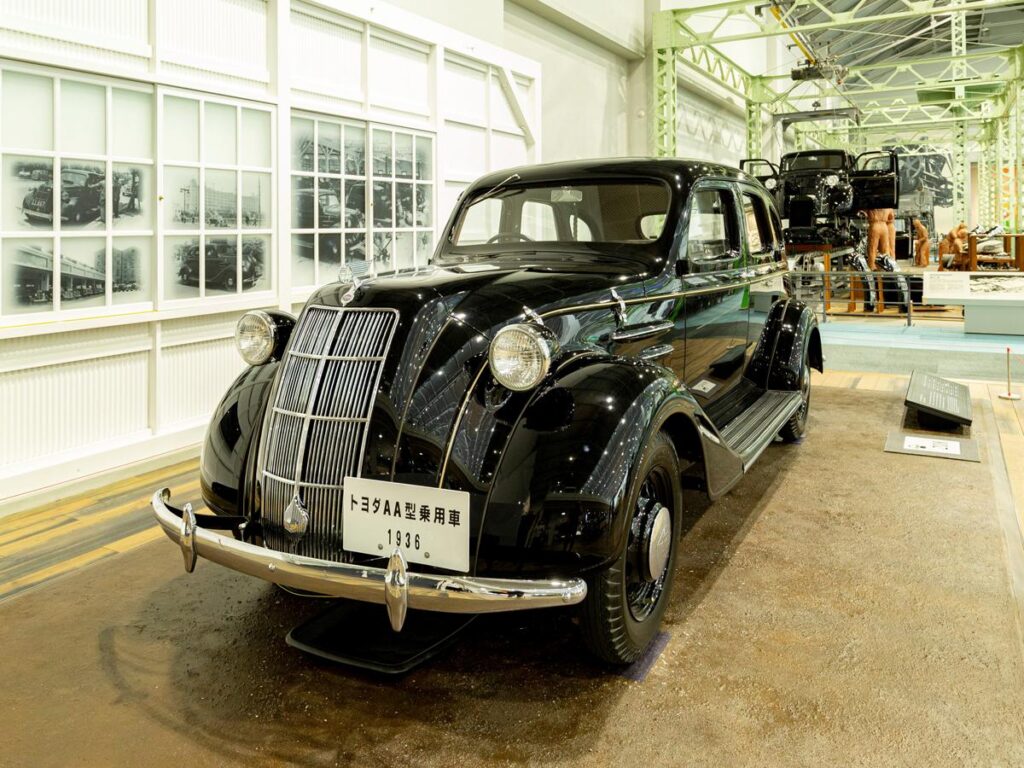
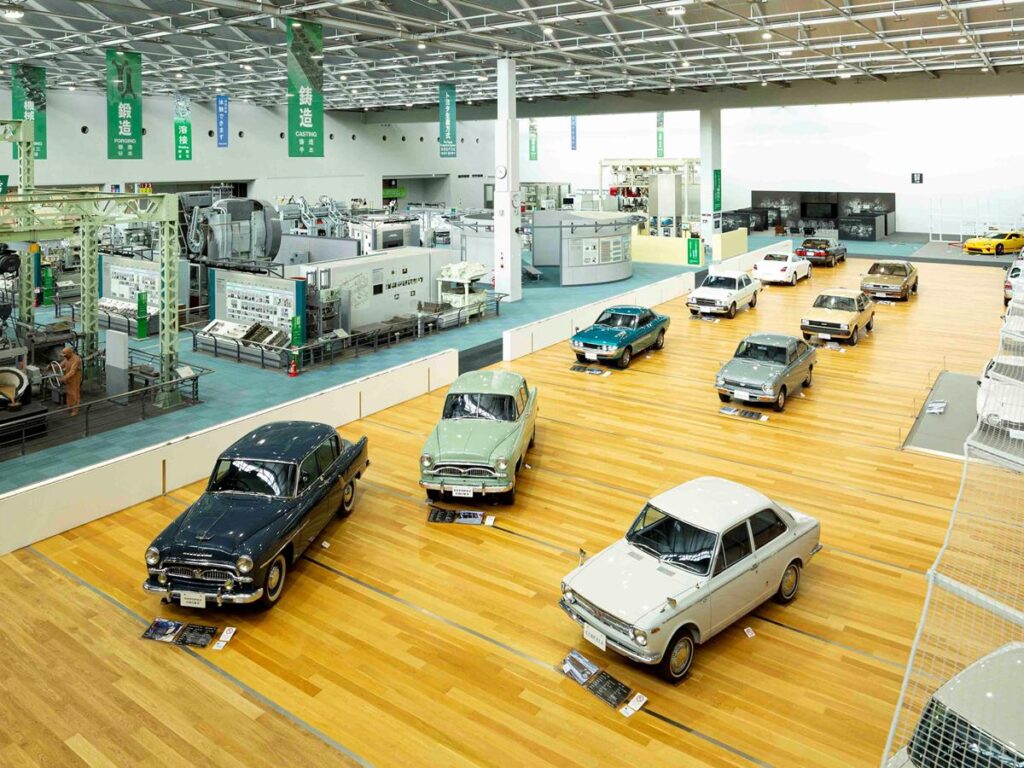


This museum was established by the Toyota Group by preserving and utilizing a factory from the Taisho era (1912-1926) in the birthplace of the Toyota Group as a valuable industrial heritage. The museum consists of the Textile Machinery Hall and the Automobile Hall, and introduces the transition of industrial technology centering on textile machinery and automobiles that the group has been involved with in an easy-to-understand manner through dynamic exhibits of real machinery and demonstrations by staff members.

